North Carolina Agriculture and Forestry Adaptation Work Group Needs Your Help
Dear North Carolina Commodity Crop Producers, North Carolina produces more tobacco and sweet potatoes than any other state and ranks …


El inglés es el idioma de control de esta página. En la medida en que haya algún conflicto entre la traducción al inglés y la traducción, el inglés prevalece.
Al hacer clic en el enlace de traducción se activa un servicio de traducción gratuito para convertir la página al español. Al igual que con cualquier traducción por Internet, la conversión no es sensible al contexto y puede que no traduzca el texto en su significado original. NC State Extension no garantiza la exactitud del texto traducido. Por favor, tenga en cuenta que algunas aplicaciones y/o servicios pueden no funcionar como se espera cuando se traducen.
Inglês é o idioma de controle desta página. Na medida que haja algum conflito entre o texto original em Inglês e a tradução, o Inglês prevalece.
Ao clicar no link de tradução, um serviço gratuito de tradução será ativado para converter a página para o Português. Como em qualquer tradução pela internet, a conversão não é sensivel ao contexto e pode não ocorrer a tradução para o significado orginal. O serviço de Extensão da Carolina do Norte (NC State Extension) não garante a exatidão do texto traduzido. Por favor, observe que algumas funções ou serviços podem não funcionar como esperado após a tradução.
English is the controlling language of this page. To the extent there is any conflict between the English text and the translation, English controls.
Clicking on the translation link activates a free translation service to convert the page to Spanish. As with any Internet translation, the conversion is not context-sensitive and may not translate the text to its original meaning. NC State Extension does not guarantee the accuracy of the translated text. Please note that some applications and/or services may not function as expected when translated.
Collapse ▲Dear North Carolina Commodity Crop Producers, North Carolina produces more tobacco and sweet potatoes than any other state and ranks …
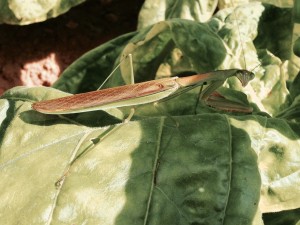
We observed both a decrease in flea beetle populations and an increase in predators this week at our remaining …
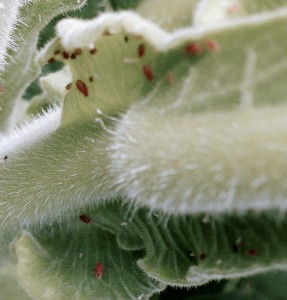
Several plants at our remaining on-farm site have small populations of aphids this week. While only one plant met the requirements …
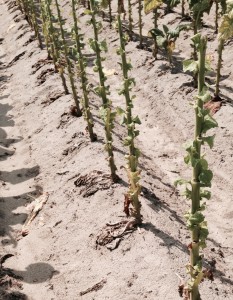
This week was busy with the final primings at nearly all of our remaining sites. We will continue reporting our …
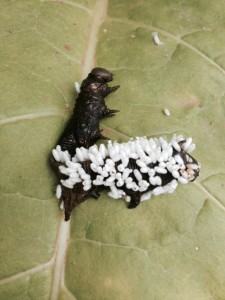
With harvesting well underway, we are now able to observe how insects distribute themselves on the remaining foliage in the …

We are seeing more flea beetle feeding at sites with the lowest leaves still present on plants and consistently seeing beetles …
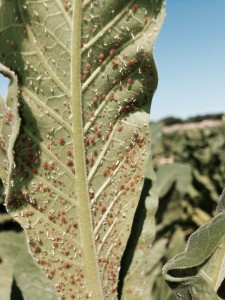
Similar to recent weeks, we are still in a bit of a midsummer lull for pest pressure. However, we still …

Cotton aphids have been more prevalent than normal this year in NC. Treatment is only recommended if the following …
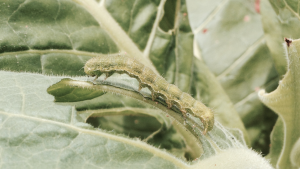
Budworm populations have surpassed threshold at all IPM sites to date, and all but one field has been treated. It …
Each year the Cotton Belt entomologists are polled concerning insecticide efficacy. You can find these by going to the …
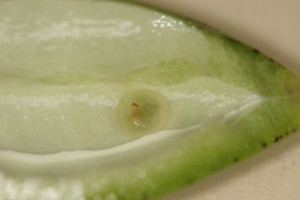
This article is focused on management of stink bugs in the Blacklands, Coastal Plain, and eastern Piedmont (primarily brown …

This week we saw an increase in budworm pressure across nearly all sites. Given that some sites will be …
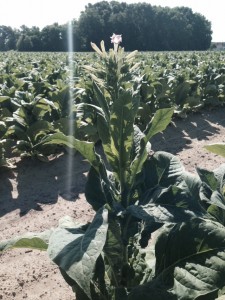
Plants at sites throughout the state are reaching the button stage where the plant begins to produce unopened flowers …
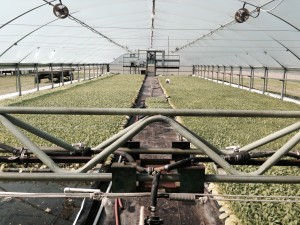
We’ve begun scouting in some our sites for this field season! It’s warming up outside and we are excited to …
Organic tobacco acreage has increased throughout the southeast for 2015, and along with this increase has come more questions …
This link (Soybean 2015) provides a recorded presentation intended for agent training or broadcast in grower meetings. Please report …
Fifteen GAP recertification meetings will be held in North Carolina during January and February of 2015. You can find …

Vineyard establishment involves careful planning, thorough site preparation, vineyard design, planting, and trellis construction. Unlike …

Grapes grown in North Carolina are sometimes exposed to unfavorable climatic conditions and biological pests …
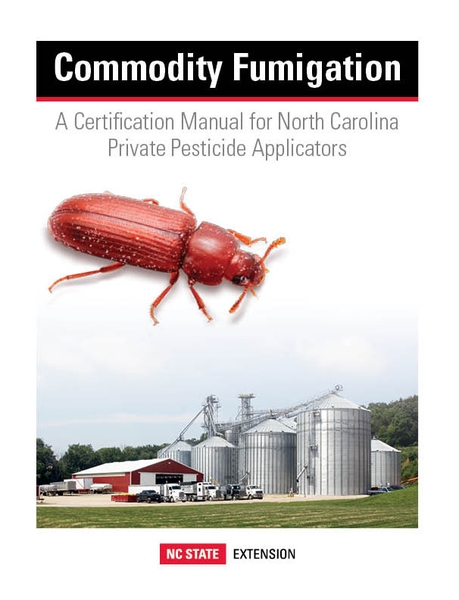
This manual provides guidance tailored for North Carolina's non-commercial pesticide applicators using fumigants in commodity …
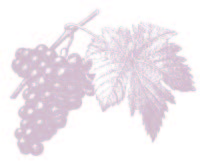
Grapevines require 16 essential nutrients for normal growth and development (Table 9.1). Carbon, hydrogen, and …
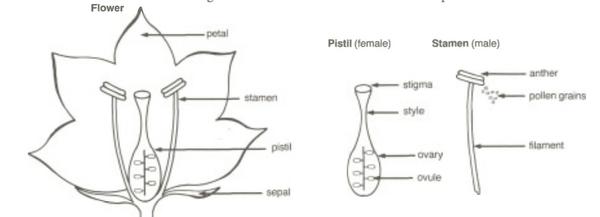
This guide presents basic facts about seeds, including how they develop, how to store and …
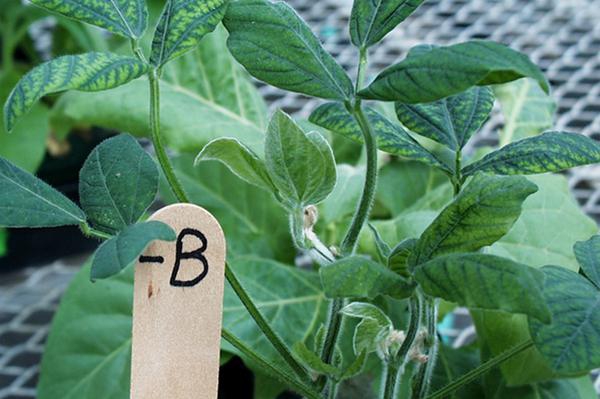
This Soybean Nutrient Deficiency Information factsheet describes the symptoms and management of boron deficiency in …
This Soybean Nutrient Deficiency Information factsheet describes the symptoms and management of zinc deficiency in …

This Soybean Nutrient Deficiency Information factsheet describes the symptoms and management of molybdenum deficiency in …